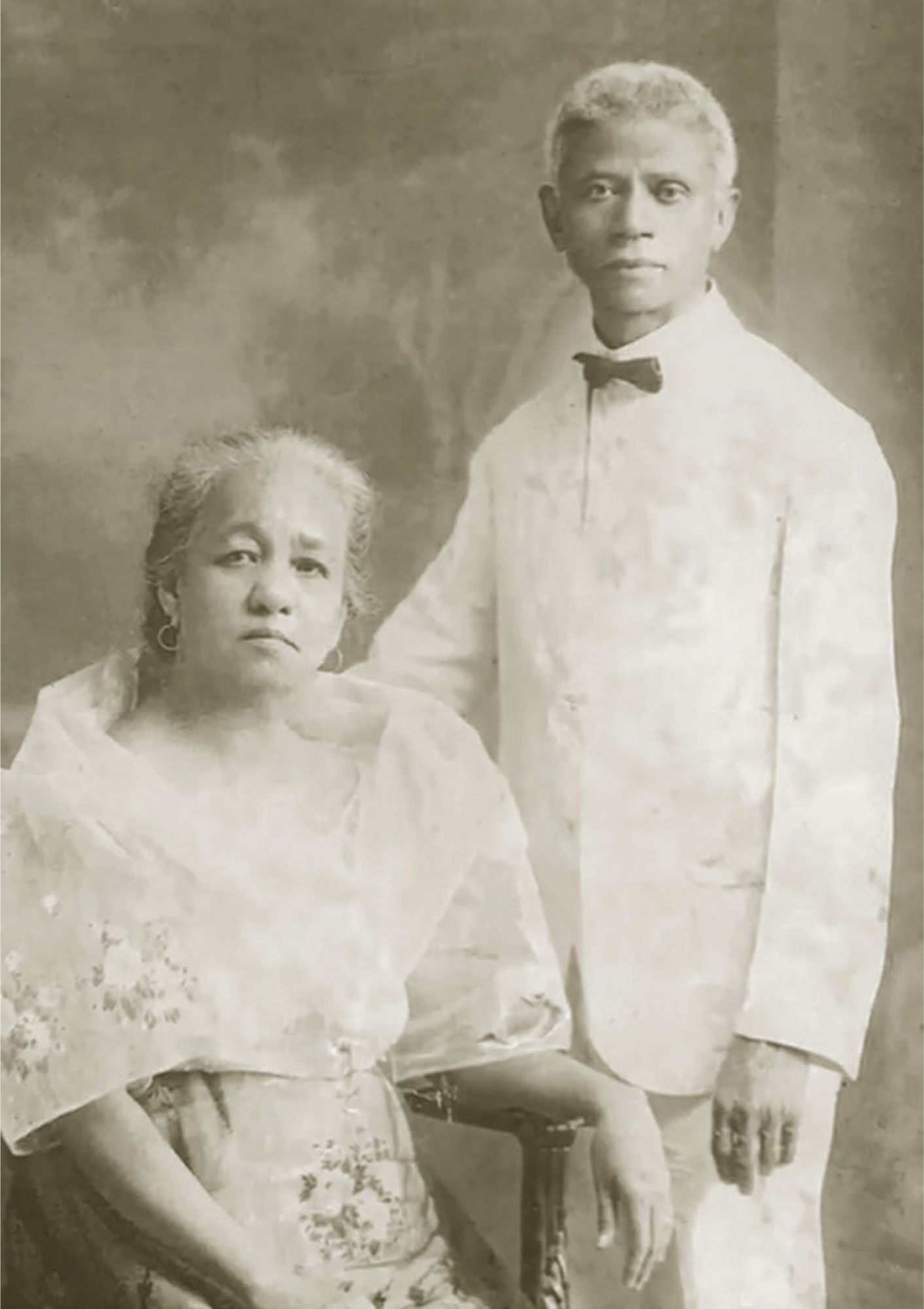The black body has long been the object of oppression, wherever it happens to be, even in the Philippines at one point in time, when fighting for its country here was not enough to be treated like a human being
In many ways, the documentary film project A Crisis of Conscience: Buffalo Soldiers in the Philippine-American War, produced by a Black American filmmaker, Mark Harris, and the Hollywood actor Danny Glover, echoes the fundamental issues that spurred the Black Lives Matter movement: equal justice, an abiding belief in the ideals America represents and upholding the dignity and humanity of every person.
Harris and Glover, who have been working on their labour of love for the past five years, also wanted to bring attention to a little known chapter in both American and Philippine history, which takes place during the Philippine-American war that begun in 1899 and ended in 1903. Their documentary was the subject of a recent webinar at Manila House.
It centres on the Buffalo Soldiers who were shipped off to the Philippines in 1899, only to be appalled by the atrocities they witnessed. For them, this resembled the racism that they themselves faced, and a significant number of them deserted the US Army to fight alongside the Philippine revolutionaries.

The Philippine-American was an aberrant war, to begin with: the Philippine Revolutionary Government, under Aguinaldo, had already declared independence against the colonial Spanish government on June 12, 1898, less than two months after the staged Spanish-American War which resulted in the Philippines and Cuba being ceded to the nascent imperial power, the United States.
The Philippine battle cry for independence was largely ignored and treated like a nuisance, even, when the Treaty of Paris was signed between Spain and America that December. The sale price of the entire Philippine archipelago to the United States was US$20 million. Aguinaldo, understandably outraged, prepared for war. The US Army was just as prepared to get its new recalcitrant subjects in line.
As Danny Glover narrated in the film’s trailer, a contingent of 7,000 Black American soldiers were sent to the country after the US Army began to suffer massive defeats against the Philippine forces led by General Emilio Aguinaldo.
Unused to the tropics, many of its soldiers fell prey to malaria and dysentery, and it was decided that African-American soldiers might be less susceptible to tropical diseases, presumably because they were dark-skinned and used to disease in general.



